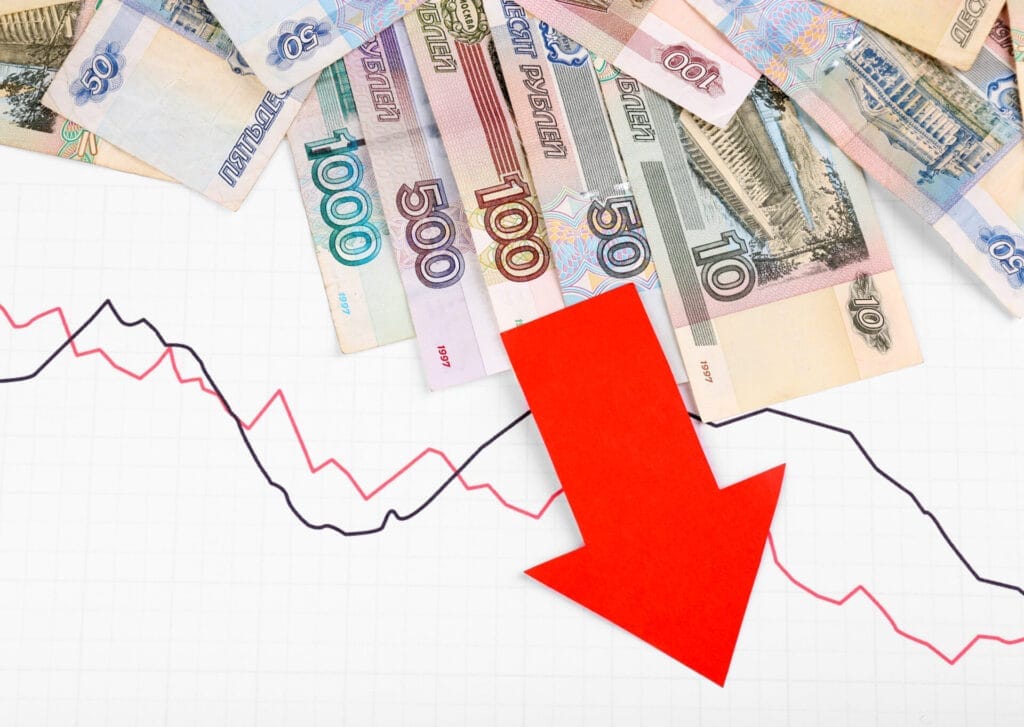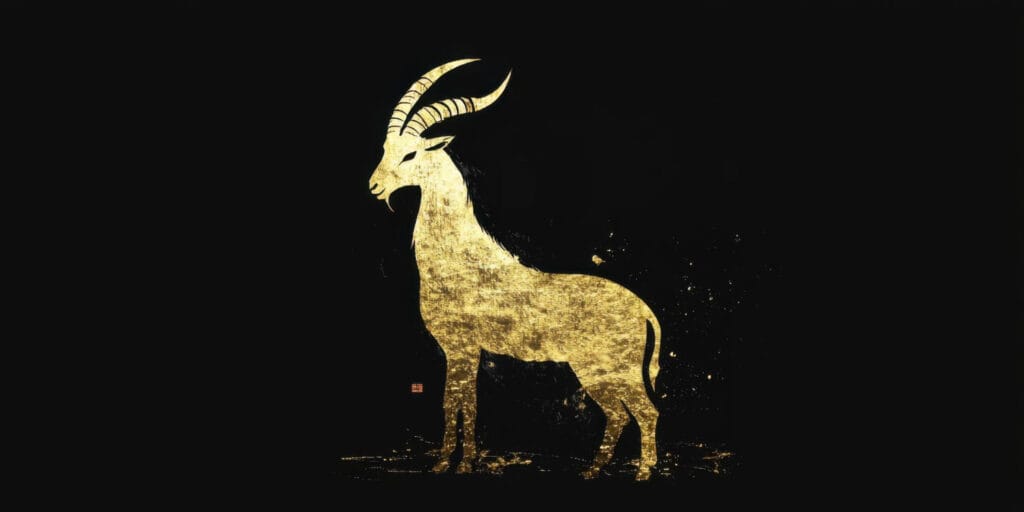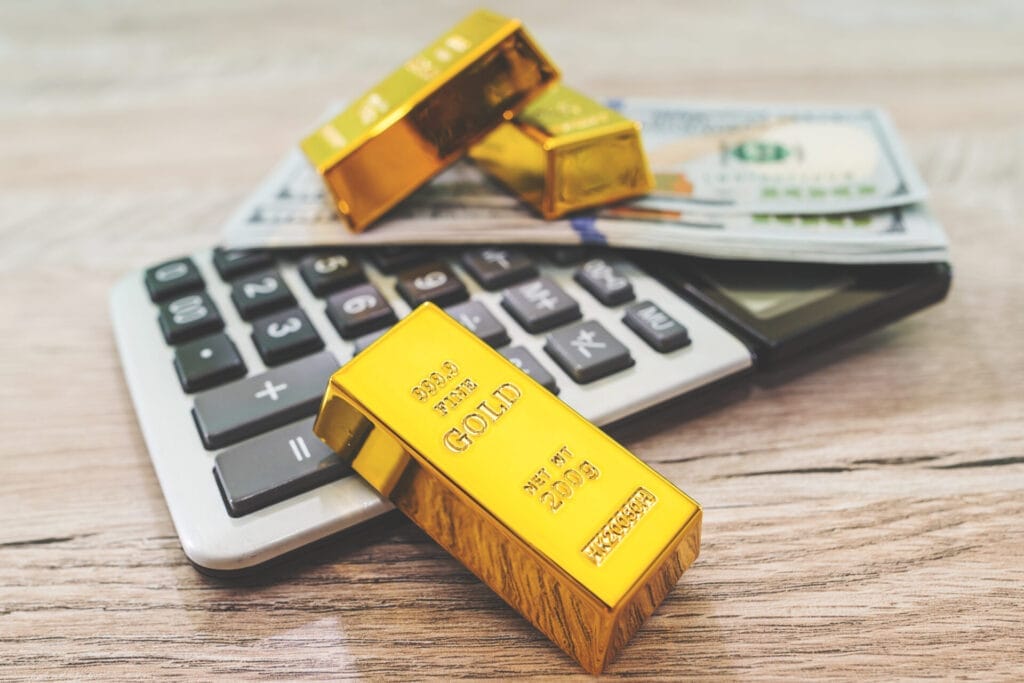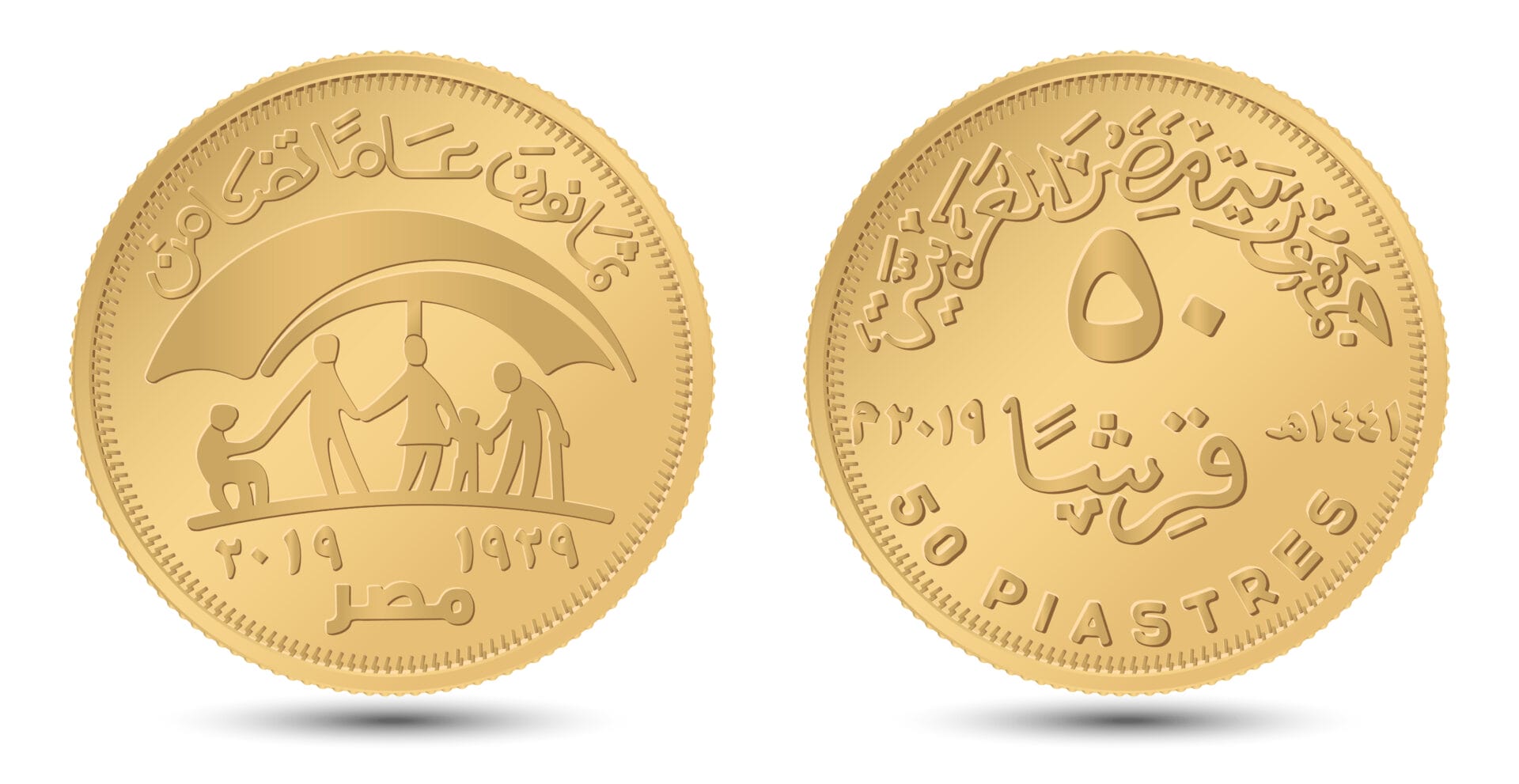Table of Contents
- Introduction: The ‘Silent Thief’ Haunting Our Savings
- The Tale of a Single Sheep: The Origin of the Gold Dinar’s Power Test
- The Modern-Day Test: Can One Gold Dinar Still Buy a Sheep Today?
- Why Does Gold’s Purchasing Power Endure? The Secret of an Inflation-Proof Asset
- Shifting Your Perspective: From Saving Money to Storing Real Value
- Conclusion: A Legacy of Purchasing Power for Future Generations
Introduction: The ‘Silent Thief’ Haunting Our Savings


Every single day, we face an undeniable reality: the value of our money feels like it’s constantly shrinking. The price of a pint of milk goes up, a loaf of bread that was once under RM 5 now costs significantly more, and the general cost of living continues to climb relentlessly. Yet, for many, our wages remain stagnant or fail to keep pace. This phenomenon, known as inflation, acts like a ‘silent thief’, eroding the value of our hard-earned money slowly but surely. The money we save in the bank today simply will not be able to buy the same amount of goods and services in the future.
But what if there was a form of ‘money’ whose value was completely unaffected by inflation, not just for a year or two, but for over 1,400 years? This is the incredible power of the gold dinar. This story is not just a complex economic theory or a piece of historical nostalgia; it is living proof that can still be tested today. It demonstrates how the purchasing power of the gold dinar has managed to transcend time so astonishingly, making it the ultimate and most honest protector of wealth in human history. Let’s uncover this remarkable true story.
The Tale of a Single Sheep: The Origin of the Gold Dinar’s Power Test


To truly grasp the miracle of the gold dinar’s purchasing power, we need to journey back to 7th-century Arabia, to the time of the Prophet Muhammad (peace be upon him). During this era, the financial system was just and stable, based on two precious metals. The Dirham, a silver coin, was used for smaller transactions, while the Dinar, a coin of pure gold weighing 4.25 grams, served as the primary currency for larger dealings. A famous story, narrated in a hadith (a prophetic tradition), became the ultimate benchmark that we still use to this day to test the stability of gold’s value.
1. The Basis of the Test: The Blessed Hadith of Urwah Al-Bariqi
The story tells of how the Prophet Muhammad (peace be upon him) gave a single gold dinar to one of his companions, Urwah Al-Bariqi, who was known for his business acumen. He asked him to go to the market and purchase a sheep, most likely for the purpose of a sacrifice. With the trust of one gold dinar in his hand, Urwah set off. Using his wisdom and bartering skills, Urwah managed to purchase two sheep with that single gold dinar. On his way back, he met another man who wished to buy a sheep. Urwah sold one of the two sheep for the price of one gold dinar.
He eventually returned to the Prophet, presenting him with the sheep he was asked to buy, along with the remaining one gold dinar. Upon seeing this, the Prophet was delighted with Urwah’s astuteness and prayed for blessings in his business dealings. This story is not just about trust and blessings; from an economic standpoint, it inadvertently established a very clear measure of the true value of money at that time. This became the starting point for the ultimate test of the gold dinar’s purchasing power.
2. The Benchmark is Set: 1 Gold Dinar = 1 Sheep
From this powerful story, scholars and Islamic economists have derived a very practical and easy-to-understand benchmark: in the time of the Prophet, the value of a single gold dinar (4.25 grams of gold) was equivalent to the price of a healthy, well-bred sheep. This is an incredibly important finding. Unlike measuring the value of money against man-made goods whose prices can change due to technology or fashion, measuring it against a livestock animal provides a much more stable and relevant benchmark across the ages. The fundamental cost of raising a sheep has not changed dramatically over centuries.
The benefit of this is immense. This benchmark gives us a very simple way to test whether the purchasing power of the gold dinar has remained constant after so many centuries. We don’t need to consult complex economic formulas or confusing inflation data. The test is simple: can the value of 4.25 grams of gold today still buy a sheep of the same quality? If the answer is yes, then it is proven that the gold dinar is truly inflation-proof.
The Modern-Day Test: Can One Gold Dinar Still Buy a Sheep Today?
Now, let’s bring this 1,400-year-old test into the modern age, right here in the United Kingdom today. If it is true that gold is the perfect store of value and is completely immune to inflation, then logically, the value of a single gold dinar today should still be enough to purchase a sheep. Does this theory, which sounds almost mythical, actually hold up in reality? The answer will not only surprise you, but it will also fundamentally change the way you look at money forever. The power of the gold dinar is about to be tested before our very eyes.
1. The Answer is a Resounding YES, It is Proven!
As has been documented by numerous gold savers and economists worldwide, the reality is an emphatic yes. To this very day, the value of a 4.25-gram gold dinar is still sufficient to buy a healthy sheep from farmers in the UK and across the globe. This is not a theory from a textbook; it is a real-world phenomenon happening right now. A quick search online will show you that the price of a good quality sheep for meat or breeding aligns remarkably well with the current market value of a gold dinar.
The benefit of this is that it provides the most solid, undeniable physical proof that the purchasing power of the gold dinar has been completely unaffected by fourteen centuries of inflation. Think about that for a moment: across the eras of caliphates, world wars, colonialism, and the formation of modern nations, this fundamental value has remained constant. It represents a level of stability that no paper currency in the world could ever hope to match. This proves that the gold dinar is an honest store of value.
2. Not Just Any Sheep, but One of the Same Quality
Some might argue, “Perhaps the sheep one can buy today is smaller or of a lower quality.” This argument is also incorrect. With the value of a single gold dinar today, you can acquire a good-quality lamb or sheep, such as a Texel or Suffolk breed, that is healthy, of a good age, and weighs enough for slaughter or breeding purposes. It demonstrates that gold not only preserves value, but it also preserves the standard of quality of the goods it can purchase. This consistency is incredible.
Let’s compare this to the Malaysian Ringgit. In the 1980s, the price of a sheep might have been around RM 300 – RM 400. Today, the price for a sheep of the same quality can easily exceed Rm 850 – RM 1500. This means the purchasing power of the Ringgit Malaysia has fallen dramatically. But the purchasing power of the gold dinar has remained the same. This further confirms the extraordinary power of the gold dinar as a true and stable benchmark of wealth, unlike fiat currencies whose values are constantly in flux.
Why Does Gold’s Purchasing Power Endure? The Secret of an Inflation-Proof Asset
How is this possible? How can a small metal coin maintain its purchasing power across such a vast expanse of time, while the paper money we use every day loses its value year after year? The answer lies in the fundamental difference between gold (God’s money) and paper currency (man’s money). Gold is a real asset with intrinsic value, while paper money is merely a promise printed on paper. Understanding this difference is the key to protecting your wealth from being eroded by inflation. The purchasing power of the gold dinar endures because of the natural properties of gold itself.
1. Gold is a Physical Asset with a Strictly Limited Supply
The value of gold comes from itself. It is a metal that is difficult to find and to mine. Its supply across the entire world is finite and only increases by about 1.5% each year. Therefore, its value remains remarkably stable relative to other goods that also have a naturally limited supply, such as sheep, wheat, or oil. The benefit is that it cannot be manipulated. Governments or central banks cannot “print” more gold to devalue it whenever they need more money. This is the primary reason the purchasing power of a gold dinar is preserved.
2. Paper Money Loses Value Because It Can Be Printed Endlessly
In contrast, the value of paper money is always decreasing because it can be created ‘out of thin air’. In the 1970s, RM 5 could buy you fish and chips. Today, you would need RM 20 or more for the same meal. Why? Because central banks can and do print more money at will to fund government spending or stimulate the economy. As the amount of money in circulation increases, the value of every Ringgit we hold gets smaller. The benefit of this knowledge is that when you convert your paper money into a gold dinar, you are moving your wealth from a ‘leaky bucket’ to a ‘leak-proof vault’.
Shifting Your Perspective: From Saving Money to Storing Real Wealth


The story of the gold dinar and the sheep is more than just an interesting historical fact. It should fundamentally change the way we think about saving and preserving wealth. For our entire lives, we have been taught to measure our wealth in terms of Ringgit, Dollars, or other fiat currencies. We feel happy when our bank balance reaches RM 10,000 or RM 100,000. But we forget to ask the more important question: “What is the real purchasing power behind those numbers?” As we’ve seen, the purchasing power of the Ringgit is in constant decline.
When you start saving in the form of the gold dinar, you subconsciously train your mind to think in units of real, lasting value, not in ever-changing currency units. Instead of saying, “I have RM 2,000 in savings,” you could say, “I have a saving of ten gold dinars.” The value of that RM 2,000 will lose its purchasing power, but the value of ten gold dinars will always be able to buy ten sheep.
The benefit is that you start to set your financial goals in inflation-proof units. For instance, “I want to save 20 gold dinars for a house deposit.” That goal won’t be eroded by rising prices, because the value of the gold dinar will rise in line with house prices.
Conclusion: A Legacy of Purchasing Power for Future Generations
The story of 1 gold dinar buying one sheep is no longer just a tale from history; it is living proof of the extraordinary purchasing power of the gold dinar. It is the clearest and simplest demonstration of how gold functions as the perfect protector of wealth against the plague of inflation that is inevitable in our modern financial system. It is a concept that should be taught in every school and understood by every person who wishes to secure their financial future.
Therefore, we must stop measuring the value of gold in terms of Ringgit, because the value of the Ringgit itself is constantly changing and unstable. Instead, we should start measuring our wealth by what it can actually buy—its purchasing power. When you save a gold dinar, you are not just saving a shiny piece of metal. You are saving ‘the power to buy a sheep’ for yourself in the future, and for your children and grandchildren, a legacy whose value is guaranteed to stand the test of time.





